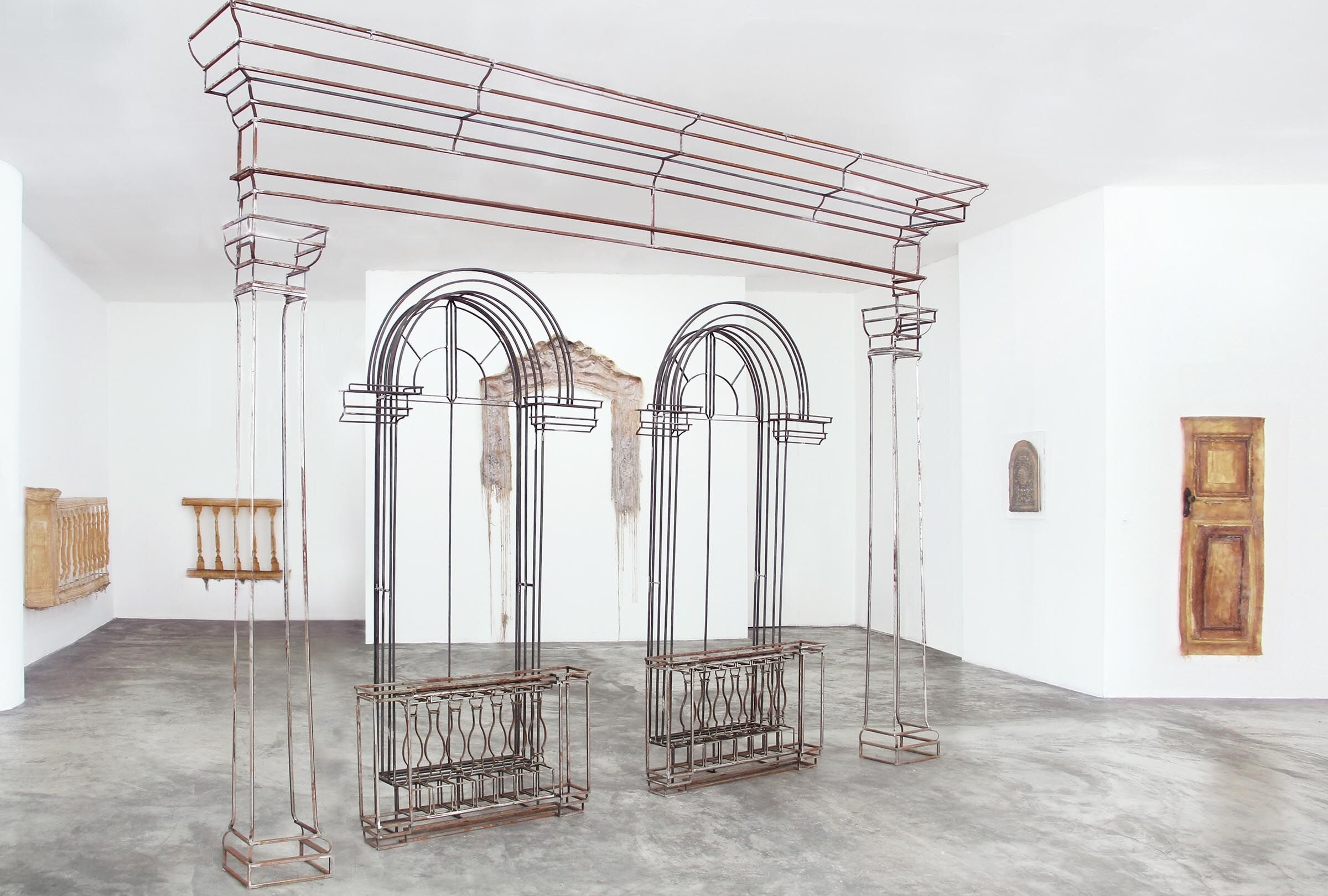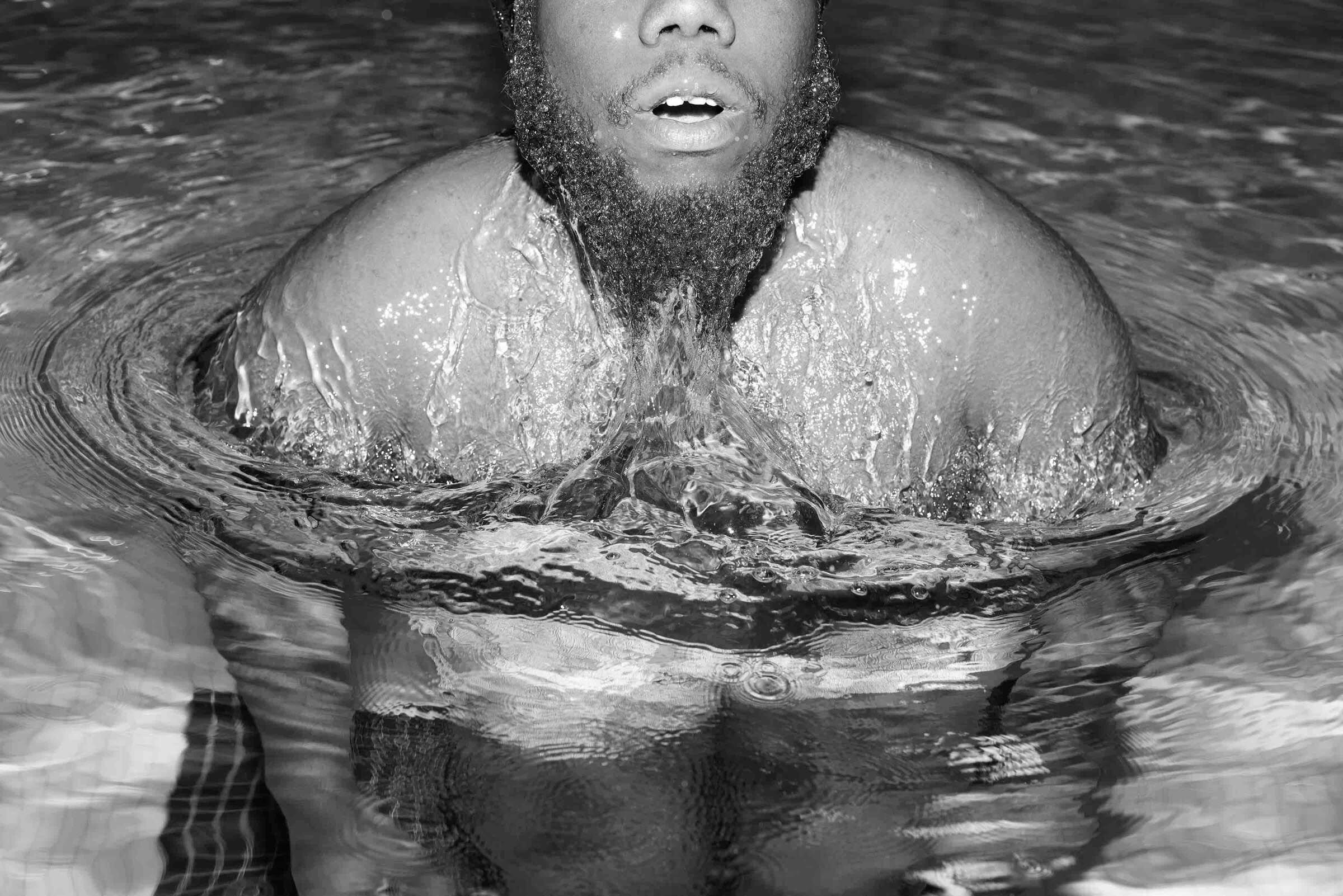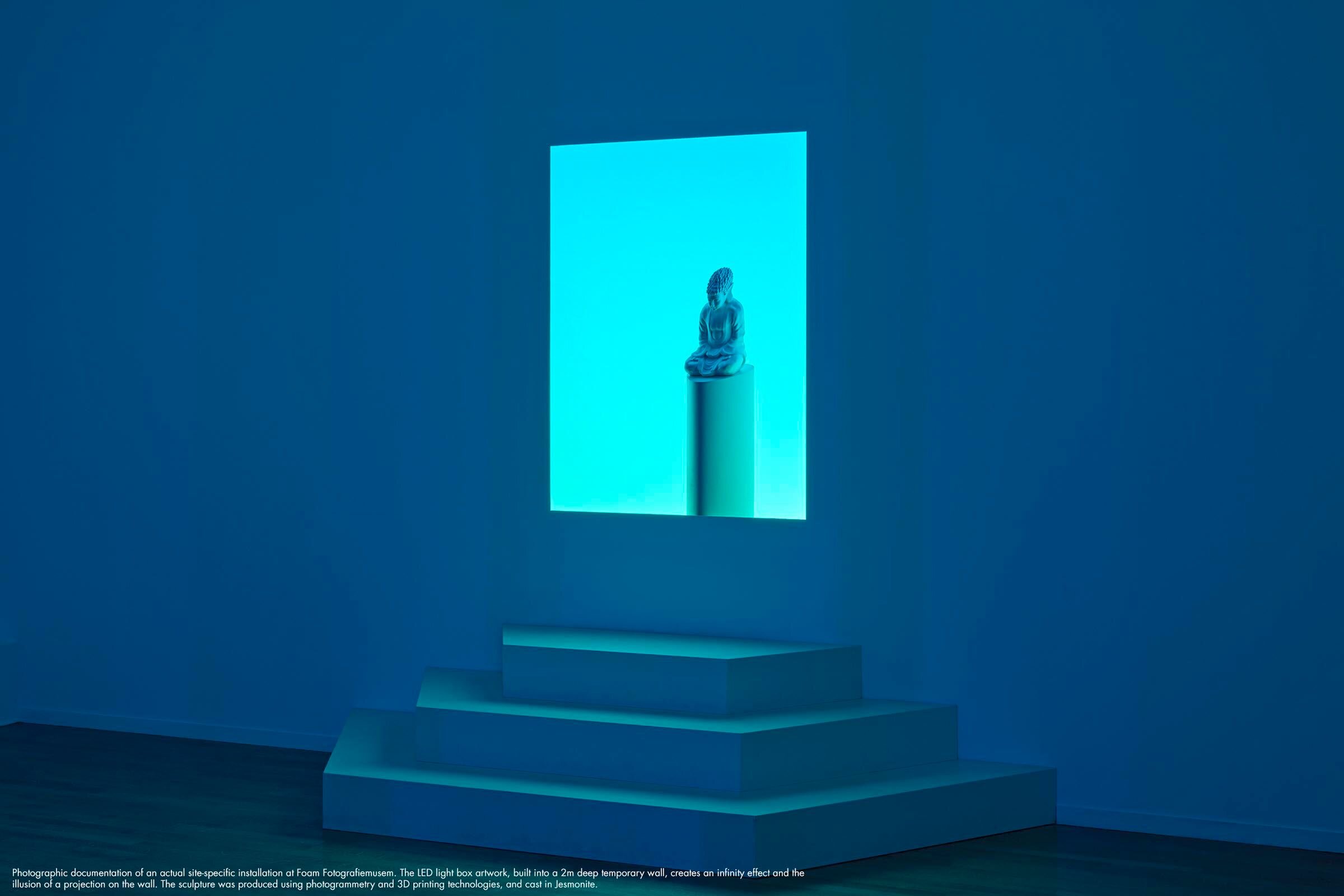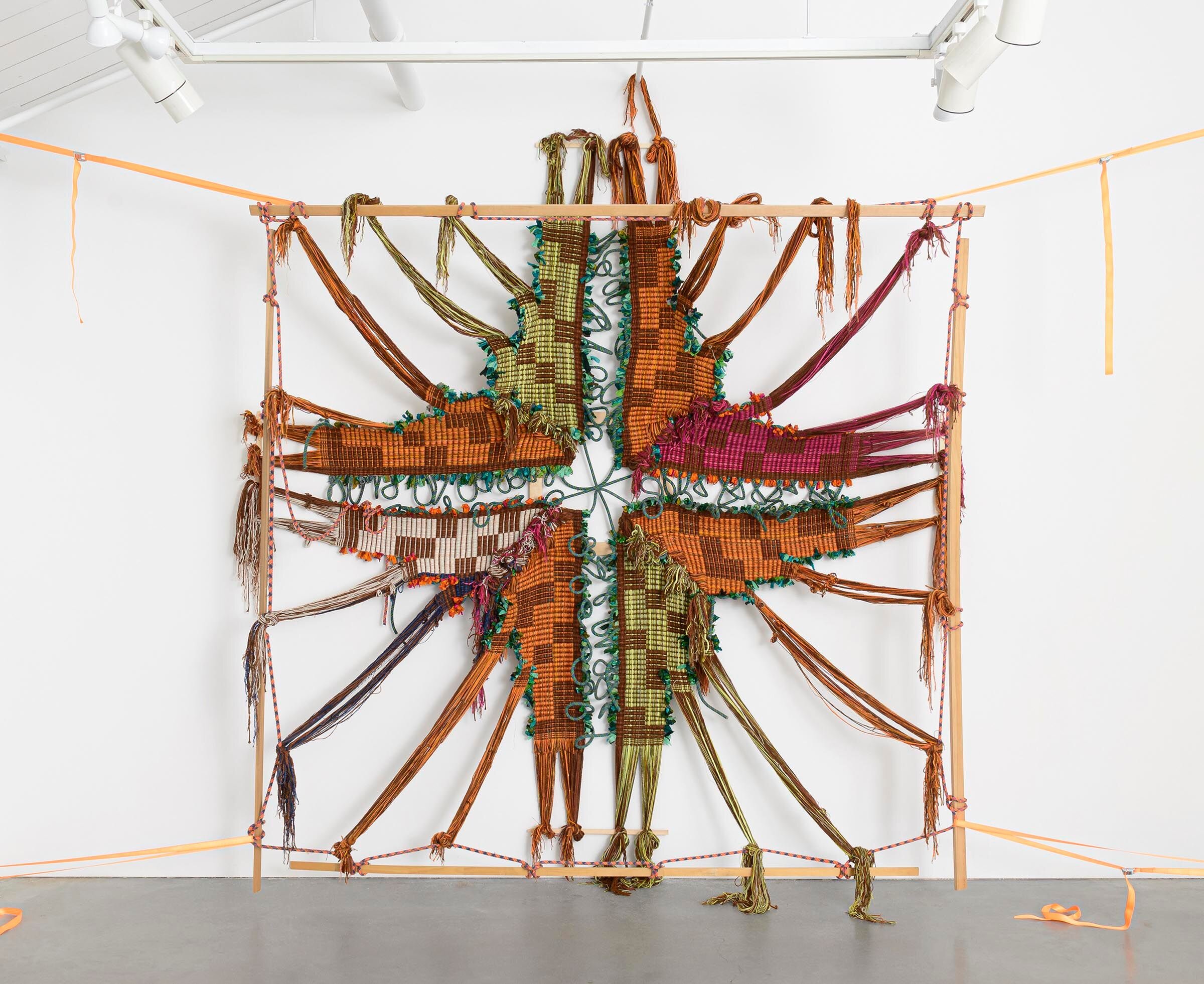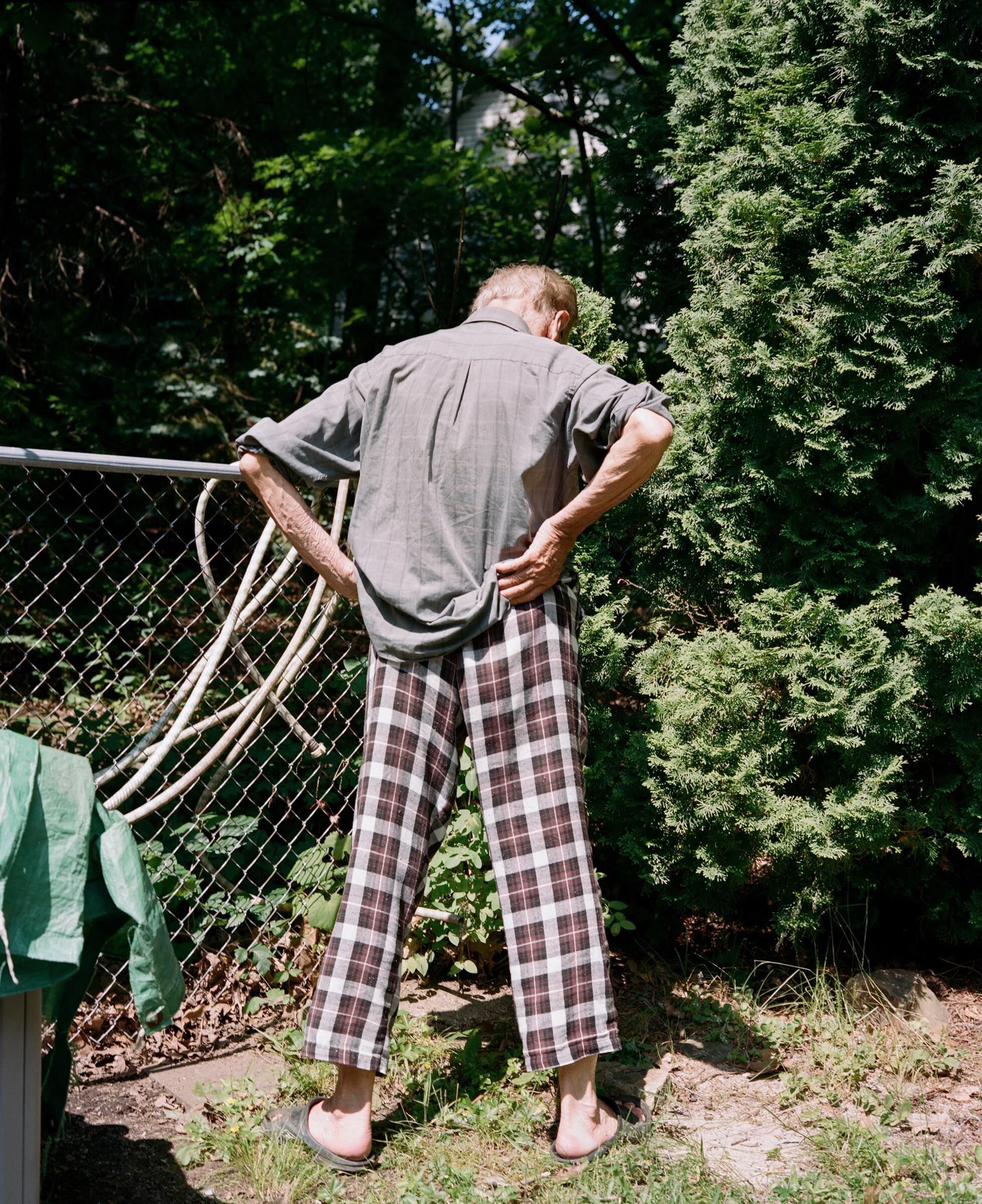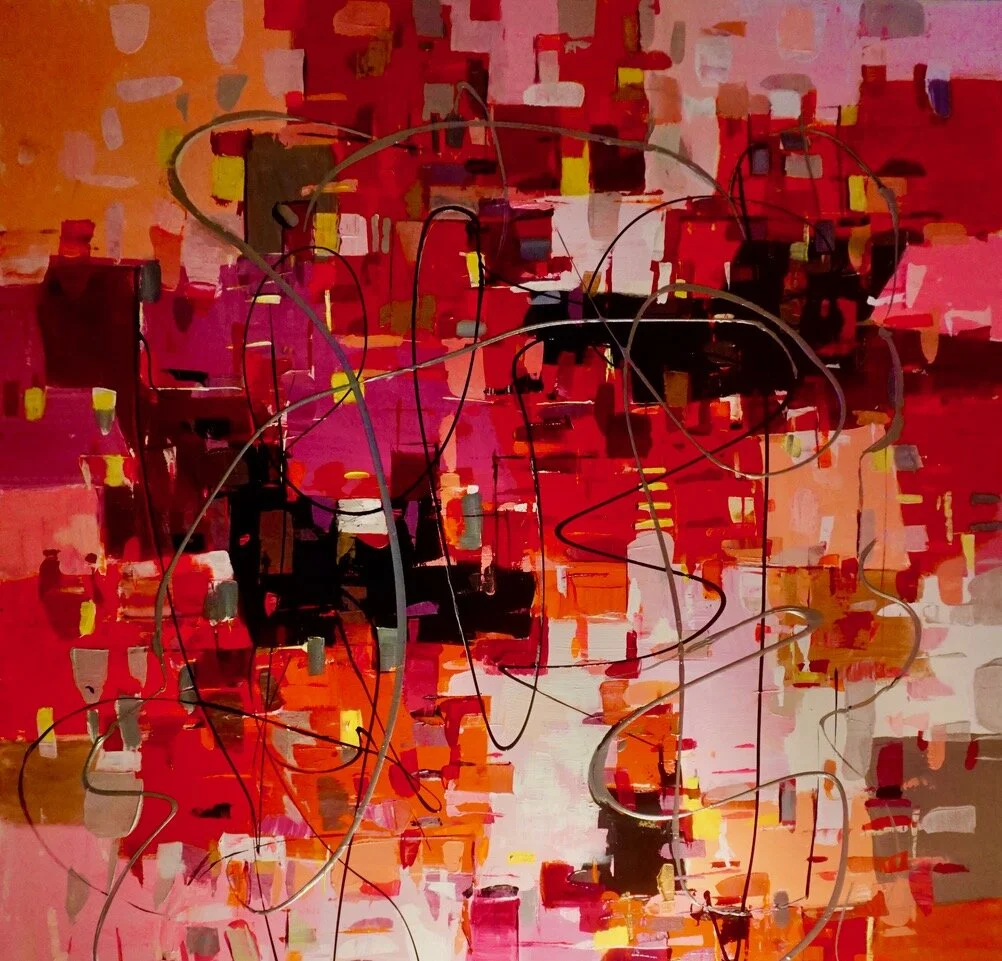Spring 2020 Grant Winners
Artwork by Kira Dominguez Hultgren, Spring 2020 Grant Winner
Hopper Prize: Spotlight on Spring 2020 Grant Winners and Finalists
The Hopper Prize is a granting agency that provides individual artists with grant awards, a platform for visibility, and an opportunity to get their work in front of cutting edge contemporary art curators.
Twice per year, during Spring and Fall, The Hopper Prize awards 5 individual artist grants in the amount of $1,000 to artists selected through their open call. These awards are available to artists the world over, working in any and all media.
Below we have profiled the 5 exceptional artists who received grants in Spring 2020. These artists were selected by our guest jurors Amber Esseiva, Associate Curator, Institute for Contemporary Art VCU and Leila Grothe, Associate Curator for Contemporary Art, Baltimore Museum of Art.
To learn more about grant offerings from The Hopper Prize, visit their homepage.
To explore work by more grant recipients and finalists, visit their archive of past winners.
Read in-depth interviews with recent winners and finalists in their Journal Insights into Contemporary Art.
Follow The Hopper Prize on Instagram @hopperprize.
...
Mexico City
Materialized through architectural castings, replicas and representations of imagined constructions of ‘what could have been’, my work analyses elements of colonial architecture that are inscribed in Latin American landscape. It examines structures of power through the creation of fictional scenarios, using archival material, castings, 3D models and historical accounts as raw material. The intention behind this process is to suggest new possibilities and alternative narratives to official histories.
Andrea obtained a BFA in Sculpture at the Pontificia Universidad Católica del Perú in 2015. Andrea was recently awarded the 2019 Virginia A. Groot Foundation Award and is a finalist in the Premio ICPNA Arte Contemporáneo 2020. Her first solo show, “Mil maneras de olvidar”, was presented at Ginsberg Galeria, Lima in 2017 and her work has been shown collectively in spaces such as Salón ACME, Mexico City; La Casita, Bogotá; the Venice Arsenal, Venice; Museo de Arte Contemporáneo, Lima; Largo das Artes, Rio de Janeiro; Y Gallery, Lima and ICPNA, Lima. She has completed artist residencies at Despina, Rio de Janeiro; MANA Contemporary, New Jersey; Uberbau_House, Sao Paulo and Escuela FLORA at FLORA ars+natura, Bogotá. Andrea is currently part of the two year residency programme at SOMA in Mexico City. Other upcoming projects for 2020-2021 include a solo show at Obra Negra Espacio in Guanajuato and Residency.ch (PROGR) 2020 in Bern, supported by the COINCIDENCIA Pro Helvetia grant.
https://www.andrea-ferrero.com/
https://www.instagram.com/andreaferrerop/
...
Boston
"Shapeshifter" is a photographic project that reflects on the challenges of moving through wildly different social spaces while discovering my own identity as a black, queer, first-generation American. Code-switching, micro-aggressions and moments lost in translation have generated a psychological labyrinth that I navigate on a daily basis. I have often found myself in demeaning and paradoxical scenarios in which people think they know me be better than I know myself. Through these photographs I explore the chasm between my true self and people’s imagined versions of me.
I reenact acts of violence by manipulating the appearance of my male subjects through shadowing, cropping, and digitizing, removing their agency and identity. The anonymous figures become archetypal versions of themselves, blank canvases for the viewer to project their own notions of a black/masculine/queer identity and experience. Some images show deep space only to be revealed as illusions and through these illusions, I aim to cultivate a disorienting sense of spacial awareness. These disquieting and unstable spaces reflect the nature of “shapeshifting”, as I juggle multiple versions of myself at the same time.
Christopher Desanges recently earned his BA in Studio Art from Wesleyan University (Middletown, CT). He is currently making work from his home in Boston, MA.
https://christopherdesanges.com/
https://www.instagram.com/christ0fr/
...
London
Ritual, reality, performance and staging have been constant in Dominic Hawgood’s art practice for the better part of a decade. His work has explored hypnosis, glossolalia (speaking-in tongues), exorcism, shamanism and hallucinogenic drug trips. In every case, he has devised a mode of image making not merely to record an altered state, but to produce a visual analogue for it. Whether the objects and actions are genuine, staged, or somewhere in between, the work has an intensity that invites viewers themselves into altered states. Since 2014, the artist has focused not merely on images, but on environments; sculptural installations that envelop the audience with light and sound. As Hawgood’s work has moved into 3 dimensions and moving image he has delved deeper into the digital realm, playing with the potential of realistic imagery untethered from the constraints of real-world physics or optics, and opening up an investigation of the means of digital image production. The resulting work focuses less on depicted content than on the experience of the viewer. ’Casting Out the Self’ (submitted to the Hopper Prize) has been his most ambitious project to date, evolving like software though several different iterations, and oscillating between real and virtual forms. The ostensible subject matter is the paraphernalia found on the altars of urban shamans. These are the rattles, beads, pipes and idols used by those journeying in search of alternate worlds, with or without the assistance of mind-altering substances such as Ayahuasca or DMT. Key to the project is its equal reliance on imagery from the science of digital imaging and CGI such as 3D scanning rigs, or the chrome and black balls used to record the full spectrum of light for high dynamic range images (HDRI). The props of Ayahuasca and of the scientific imaging test are united in that they are both the apparatus for a ritual transformation: from this world to the shamanic world, from the analogue to the digital, from the real to the virtual.
Hawgood is a multidisciplinary artist whose practice has emerged out of photography’s expanded field. He has a deep interest in how we perceive reality, both in a physical and philosophical sense, and a fascination in VFX pipelines and computational photography. His understanding of the mechanics of constructing images allows him to see the world differently, and ongoing research, technical expertise, and academic accomplishments have positioned him at the cutting edge of contemporary photography, and as someone who is furthering an art form. His expanded approach to imaging unifies an array of practices including photography, CGI, site-specific installation, sculpture, lighting, design, and animation. It has been widely recognised through awards such as British Journal of Photography’s International Photography Award (2015); The London Open,Whitechapel Gallery (2015); and European Photography Exhibition Award (2016). He has also produced boundary pushing solo shows at Foam Fotografiemuseum Amsterdam (Netherlands), TJ Boulting (UK), Oonagh Young Gallery (Ireland), and Brighton Digital Festival x British Science Festival (UK). Awards include, amongst others, the British Journal of Photography International Photography Prize, and works reside in collections such as the National Portrait Gallery, Foam Fotografiemuseum, and Fotomuseum Winterthur. An upcoming exhibition exploring new imaging technologies and how they are transforming our experience of the world is scheduled in the fall, with SCAN (Spanish Contemporary Art Network) a nonprofit contemporary art gallery curating shows with Spanish, Latin American and British emerging and mid-career artists. More recently Hawgood has been nominated for The Berry Koedam Award by the Witte de With Center for Contemporary Art, which recognises the important role that visual documentation has in significantly promoting an understanding of contemporary art.
https://www.instagram.com/dominichawgood/
...
Weaving as creative deconstruction could easily sound like a rereading of Penelope waiting for Odysseus, unweaving by night what she wove in the day. But there is nothing being unwoven in my work. Rather, it is a question of the work itself falling apart, being ripped apart at the seams, sagging under the weight of the many added histories that keep finding a way to be woven in. How much history can one fabric hold?
Kira Dominguez Hultgren (b. 1980) is a Bay Area-based textile artist. She studied French postcolonial theory and literature at Princeton University, and performance and fine arts in Río Negro, Argentina. In 2019, Dominguez Hultgren earned a dual-degree MFA/MA in Fine Arts and Visual and Critical Studies from California College of the Arts. Her research interests include material and embodied rhetorics, loom technologies, decolonizing material culture, and analyzing textiles as a performative critique against the visual. Dominguez Hultgren is represented by Eleanor Harwood Gallery in San Francisco, where her second solo show with the gallery, Intrusions, opened in January 2020. She headlined Untitled, ART (SF) as Facebook’s artist-in-residence, and her first solo museum show, I was India: Embroidering Exoticism, is on view at the San Jose Museum of Quilt and Textile through July 2020. Currently, she is a Graduate Fellow at the Headlands Center for the Arts where she is preparing for upcoming shows at the Bedford Gallery in Walnut Creek and the de Young Fine Art Museum of San Francisco.
https://www.kiradominguezhultgren.com/
https://www.instagram.com/kiradominguezhultgren/
...
Sunset Pines
We are now in an age of turbulent national discourse on immigrants’ rights and who is truly American. My ongoing project, "See You at Home," is a personal narrative exploring the latent sense of loss from one’s heritage while aging as an immigrant in a non-native culture.
My parents, Shailendra and Sarla Kapoor, immigrated from India in 1973, settling in a small town of 10,000 people in rural Pennsylvania. They are one of only a few immigrant families in the region. Although they left India for a better life, like many immigrants from the East, the shift from a collectivist nation to an individualistic one led to isolation just as much as it led to freedom. As they grow old in Pennsylvania with both my sister and I no longer living nearby, their isolation only becomes more apparent to me.
"See You at Home" explores this dichotomy using images of their current life in America imbued with family album photographs.
Vikesh Kapoor is an artist born in Sunset Pines, Pennsylvania.
His ongoing photo-based narrative, See You At Home, has received support from curators at the National Portrait Gallery (Smithsonian), SFMoMA, LACMA, the Nelson-Atkins Museum of Art and the Andy Warhol Museum.
He received the PhotoNola Review Grand Prize in 2019, a Lensculture Art Photography Juror's Pick Award in 2018 and CENTER's Project Development Grant in 2018.
Kapoor’s photographs have exhibited at Photo Vogue Festival, Aperture Foundation, Houston Center for Photography and SFCamerawork, amongst others.
He was recently an artist-in-residence at Center of Photography at Woodstock in New York and will continue work on See You At Home at Latitude Chicago in 2020.


